Spasticity and abnormal movement patterns can make it difficult to perform stroke arm exercise. The Urias air splint can be an invaluable tool to minimize involuntary arm contractions, reduce pain, prevent contractures, and make it one thousand times easier to manage an arm that seems to have a mind of it’s own.
What is the Urias air splint?
The Urias air splint is a flexible, sturdy plastic that can be blown up to provide up to 40 mmhg of pressure. They come in different shapes and sizes for a variety of different uses.
How does the Urias air splint help with stroke arm exercise?
Never having enough hands
As a therapist, I learned early on that it was extremely challenging to perform range of motion activities with someone who had moderate to severe arm spasticity. You start moving the shoulder and the elbow would bend up and start rotating. And this would make moving the arm very awkward and inevitably become painful for the patient. Using the Urias airplint, I learned that I could focus on just controlling the shoulder without worrying about the elbow and wrist bending. But that was just the beginning. The more I used the Urias Airsplint, the more I realized a variety of other benefits.
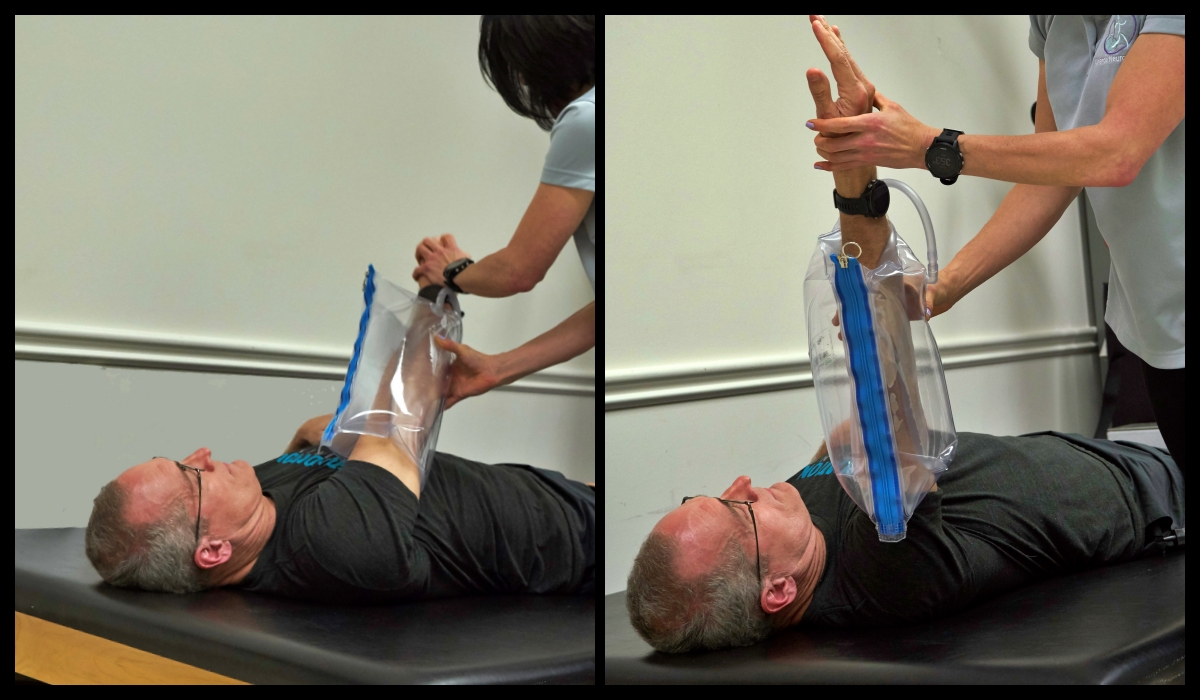
How can a caregiver help a loved help with stroke arm exercise at home?
I learned that it was not only an excellent tool for me but it made it possible for me to teach family members how to stretch the arm. Something that most are very intimidated to do. Similar to me, they feel like they just don’t have enough hands and yes, you can create more pain if the arm is not supported when attempting to move it. This is not only annoying but often times painful. So, how exactly are you supposed to stretch your shoulder without this happening? The Urias air splint is my “right-hand man” when I am stretching the shoulder and it should be in every caregiver’s toolkit.
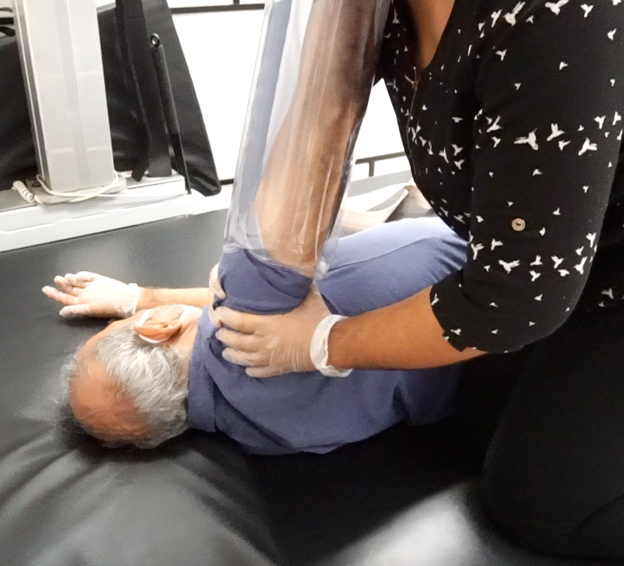
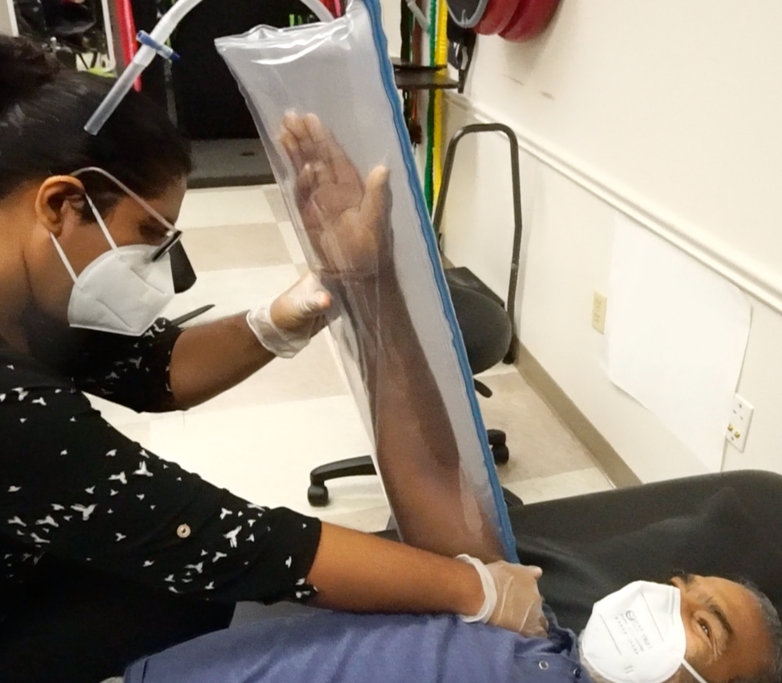
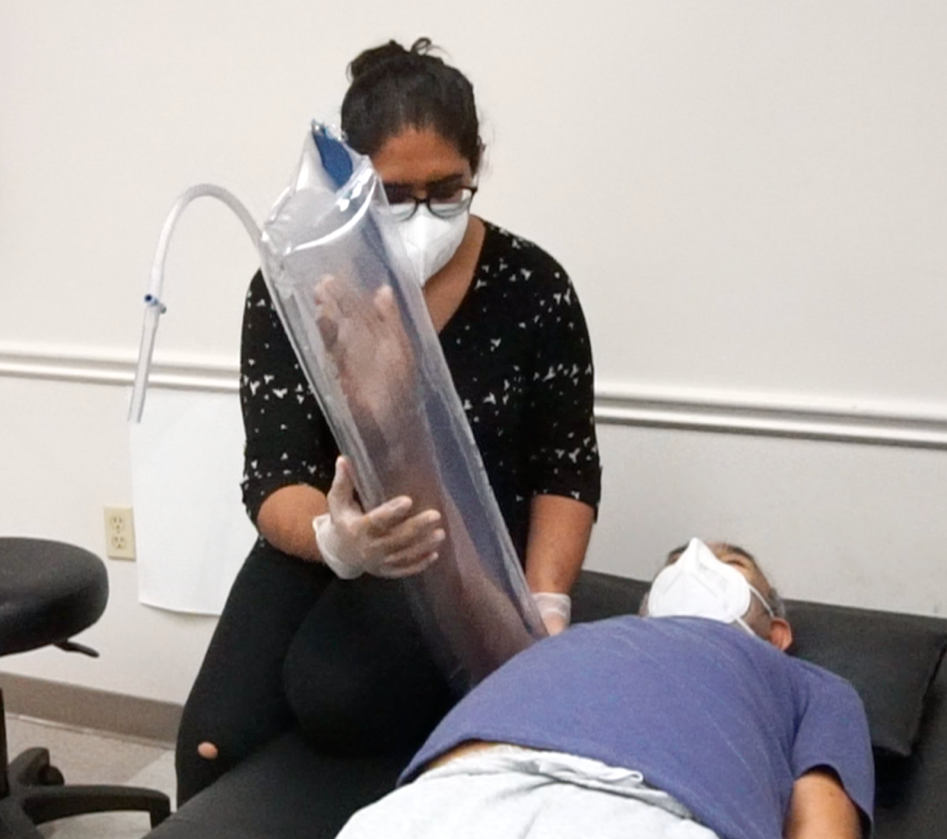
How to reduce pain when performing stroke arm exercises?
First, it is important to understand why passive range of motion can cause arm pain. Spasticity is one thing that might cause pain in the arm. Spasticity is an involuntary muscle contraction in response to rapid lengthening. It is also stated that spasticity is resistance to passive movement. In either case/definition, moving the arm can be painful. The most common muscles to develop spasticity are the muscles that flex (bend) the elbow, wrist and the fingers. Therefore you may experience pain in these “flexion” muscles when attempting to straighten the arm.
The Urias airsplint provides deep pressure makes movement less painful. The deep pressure on the arm desensitizes (makes the arm less sensitive to pain) and “relaxes” the overactive or spastic muscles.
Weight-bearing on an arm with spasticity
Weightbearing on an arm with spasticity is an effective way to regain motor control in the arm. Regaining motor control is the ultimate goal for any activity after a stroke but it is particularly important when someone has spasticity. One theory that explains this is that spasticity comes from the fact the arm is not getting good communication from the brain (the control tower for the muscles). So, re-establishing this connection with the brain is how you regain motor control. Long story short. Weight-bearing is one of the most important type of exercise to have in your home program. But how do you do this if the arm can’t stay straight? This is where the Urias air splint can help out.
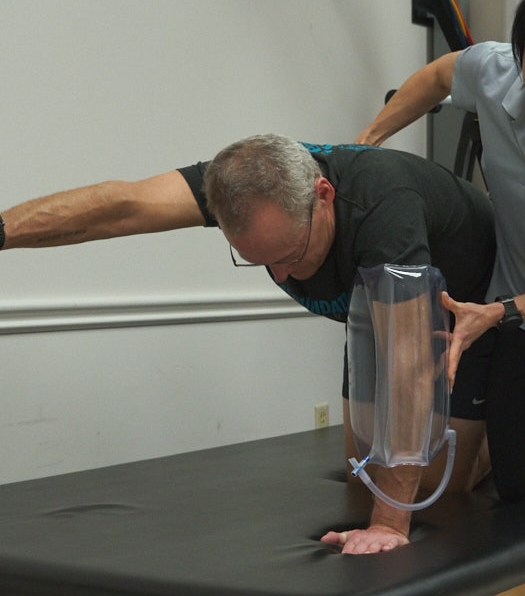
Not only does it keep the arm straight but the way that the pressure around the arm changes gives additional sensory input. In other words the pressure make the brain connect with the arm. The way I like to visualize this is a toddler (who needs help) pulling on mom’s pant leg trying to get her attention. The Urias air splint figuratively “taps on the arm”, sending a signal to the brain letting it know that there is an arm that “needs some help from the brain”.
Along these same lines, the pressure from the air splint also provides proprioceptive input (sense of body movement in space). This proprioceptive input might help encourage the arm to stay straight when attempting a weight-bearing activity.
How to walk without arm flexion spasticity
Many stroke survivors also struggle with keeping the arm straight when walking. Unfortunately, the weight of gravity pulling the arm down and “trigger” a spasm in the bicep and cause the arm to bend up even more than it might have in sitting or laying down. That is another situation where the Urias air splint is handy. It is lightweight and again “desensitized” or tells the arm to relax in standing.
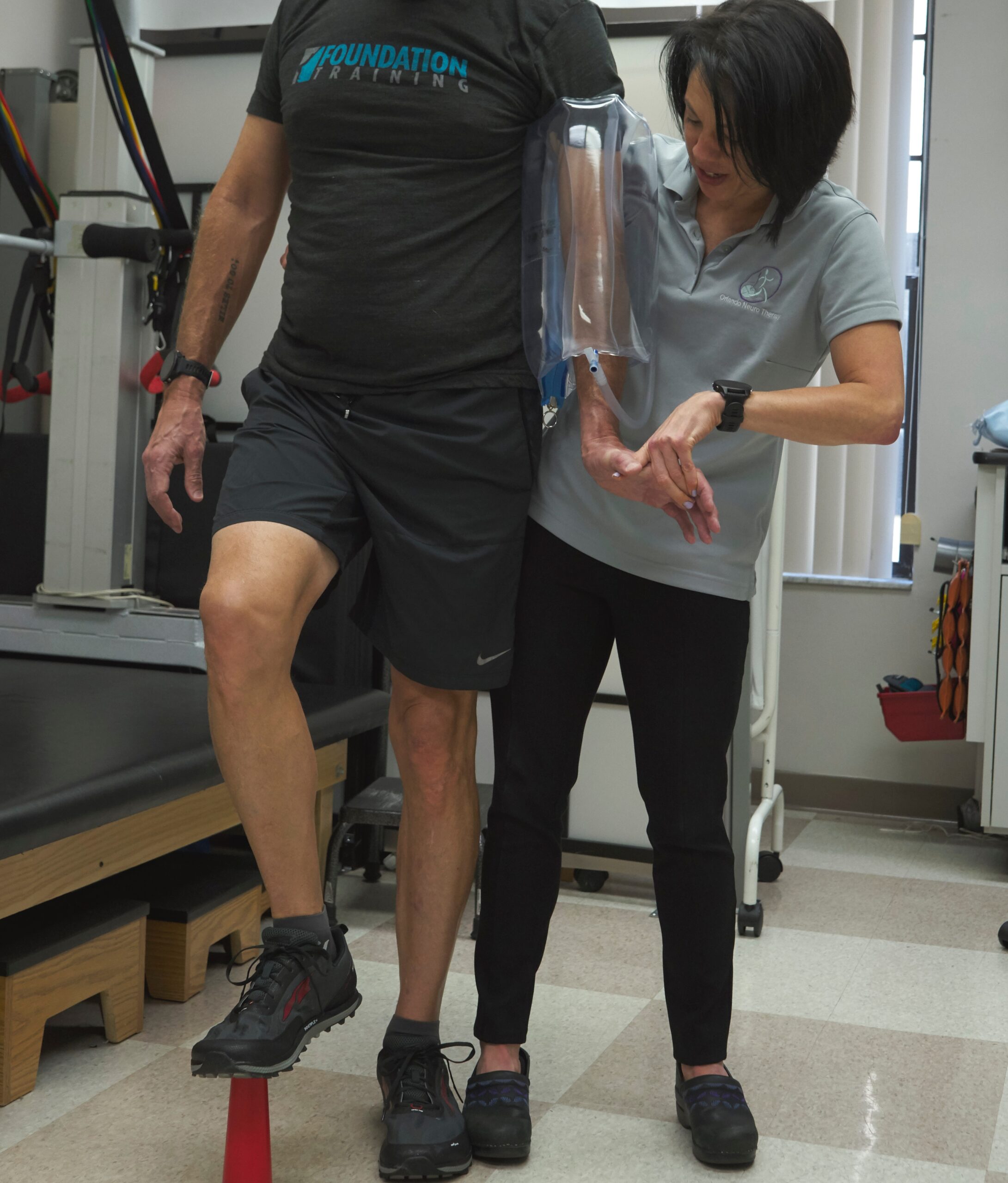
Full-length arm versus short-arm Urias air splint
The Urias air splint comes in a “short arm” and “full-length arm”. The full-length arm covers the hand and therefore it is not possible to do weight-bearing activities. However, it is much better for those who also have severe spasticity in the muscles that bend the wrist. The short arm does leave the hand out so it is much better if a stroke survivor needs to perform their own range of motion activities.
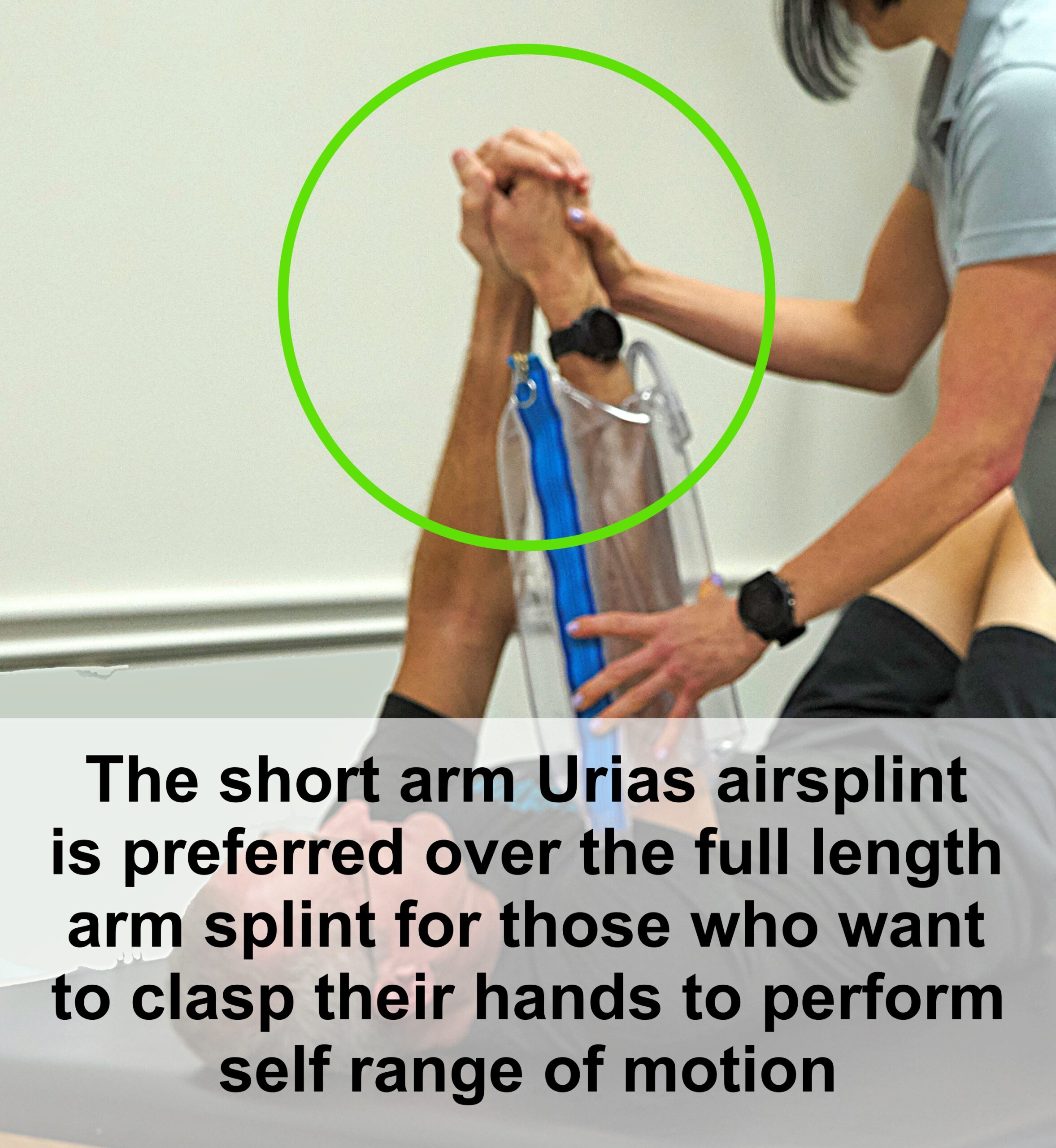
Versus the full length are splint:

More articles you might be interested in:
Spastic ankle guide to stretching
Stretching a spastic ankle is critical to improve standing and walking. However, stretching a spastic ankle can also be extremely challenging. Add to that, NOT stretching a spastic ankle and you are at risk for making it worse. Ugh..... All that being said, never...
Knee Hyperextension after a Stroke: Causes and Treatment
What is Knee Hyperextension after a Stroke? Knee hyperextension is a common problem after a stroke. Knee hyperextension is when the knee goes beyond a straight position. Yeah, not exactly natural looking or feeling. ? Knee hyperextension (recurvatum) usually happens...
Best Method for Stretching Spastic Muscles
Stretching spastic muscles is critical after a stroke. Spasticity is a movement disorder that causes an involuntary muscle contraction in response to lengthening. This occurs if there has been damage to the brain or spinal cord. This can make movement retraining and...
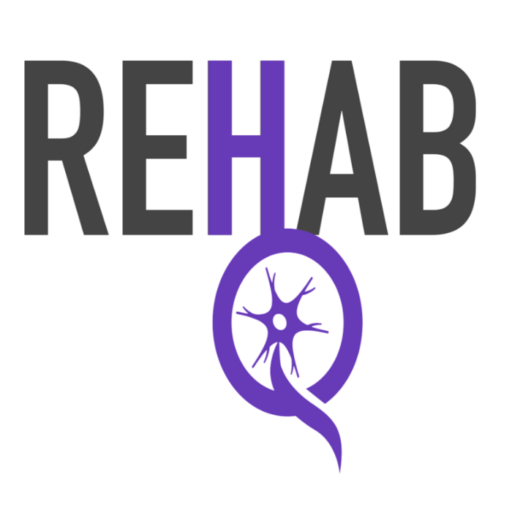
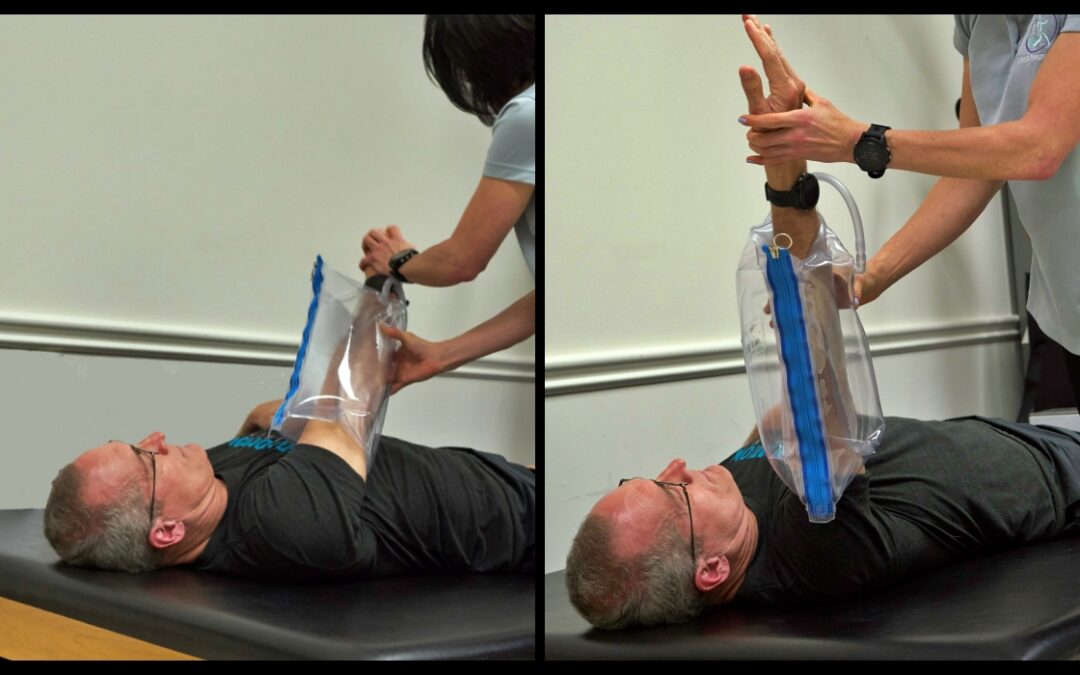
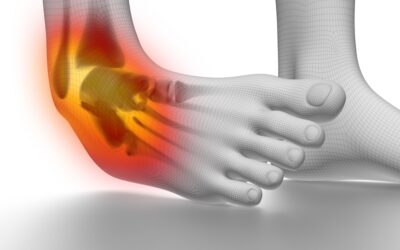
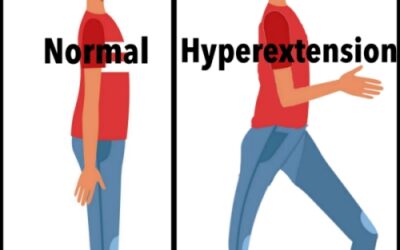
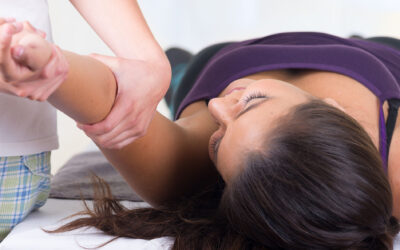
very nice publish, i definitely love this web site, carry on it
Thank you 🙂